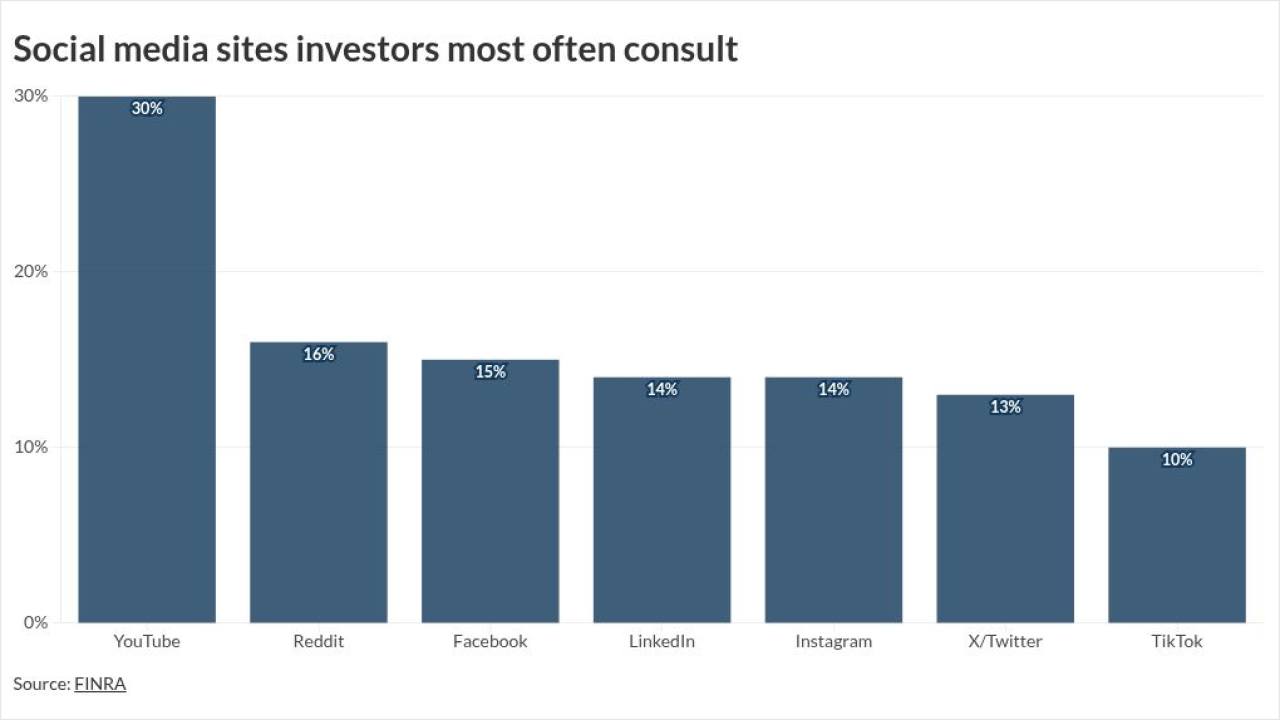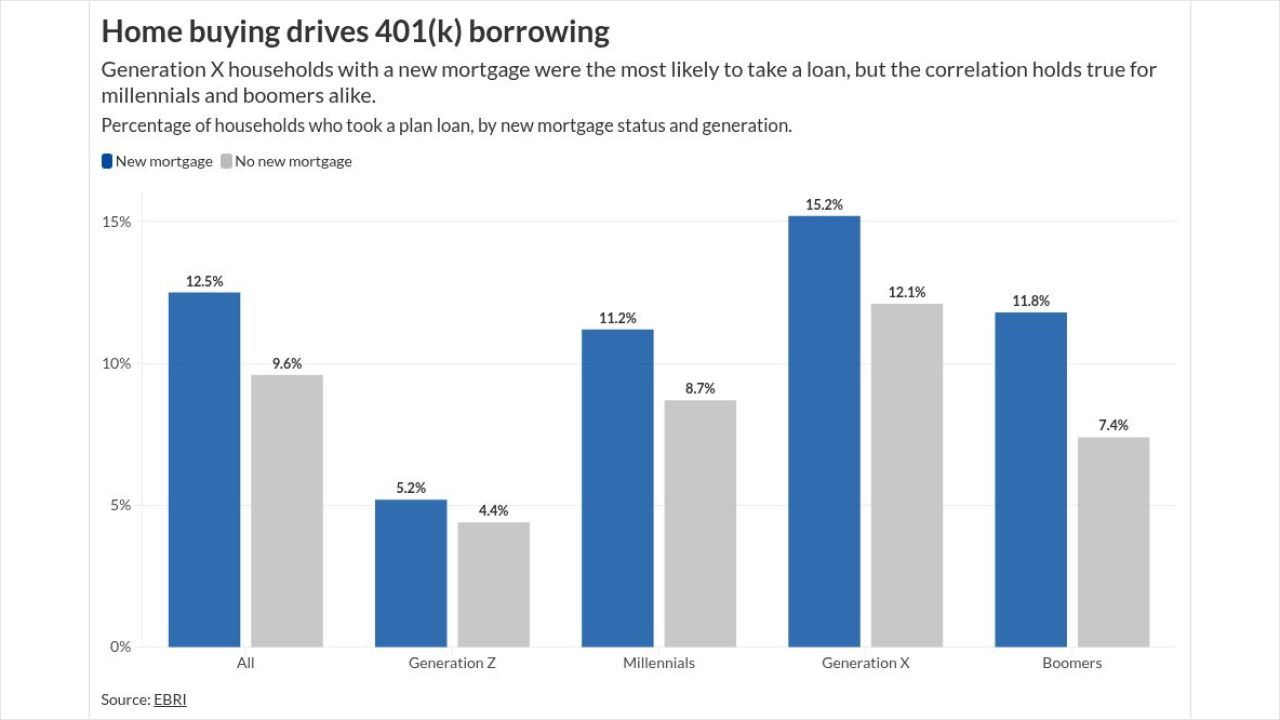One of the countrys largest broker-dealer networks is creating a 'buddy system' for its clients.
The new AIG Advisor Group system will allow its advisors clients to select a trusted family member or friend to help them make smarter financial decisions, explains Larry Roth, president and CEO of AIGs Advisor Group, one of the largest networks of independent broker-dealers in the country.
We are going to offer the financial buddy idea to the advisor, Roth says. My prediction is that the vast majority of advisors will want to do this. It really works for client retention and client engagement.
VIEW-ONLY ACCESS
The buddy concept will allow clients to select a person to be given view-only access -- with no signatory or trading authority -- to all their accounts through the advisors portal, Roth says.
That way, when it comes to making important decisions -- from portfolio allocation to retirement time frame -- the buddy can participate in the decision-making process along with the advisor and the client, he says.
AIG's 6,000 independent advisors work for FSC Securities, Royal Alliance Associates, SagePoint Financial and Woodbury Financial Services.
The reasons for a buddy system are many, Roth says. First off, it gives advisors a way to work with clients family members. If a client dies, those ancillary relationships can help the advisor retain the account.
In addition, he notes, Over half the adult U.S. population is single now -- and multiple studies show that single people, who dont have anyone with whom they can discuss their financial matters, fail to make critical financial decisions when they need to.
If a single woman aged 60 lived with another single woman, aged 60, [the buddy] might be a roommate, Roth said. It has to be somebody you would trust.
CUSTOMIZED AREAS
The system also will be customized so that a client may select different buddies for different areas of a financial plan, he said. There might be one buddy for investment decisions and another for insurance or budgeting, for instance.
A lot of this has to do with providing investors with peace of mind, Roth says. And to get [clients] off the dime. A lot of times these discussions are very important and you cant whiff them. You cant get them wrong.
If, for example, a client decides to retire at 62 and then changes his mind at 63, he cant undo the damage in lost Social Security benefits, Roth says. In such a case, he says, Youve got a problem.
Read More:





